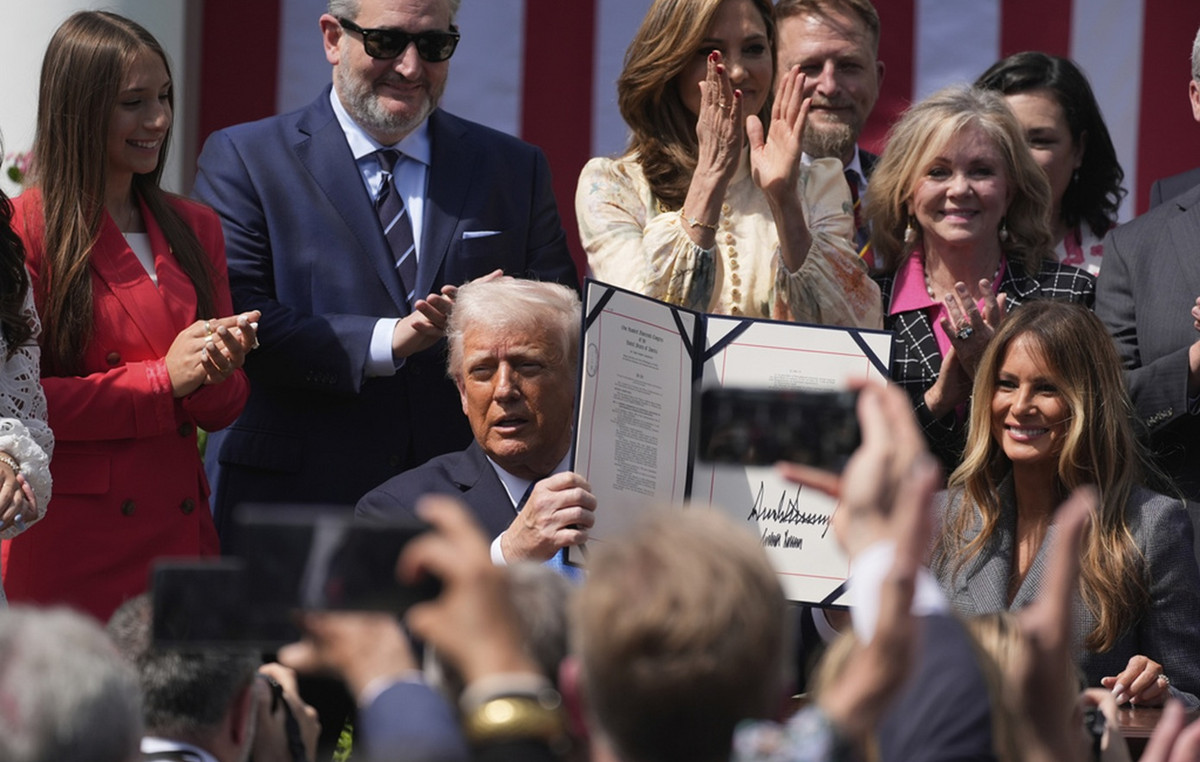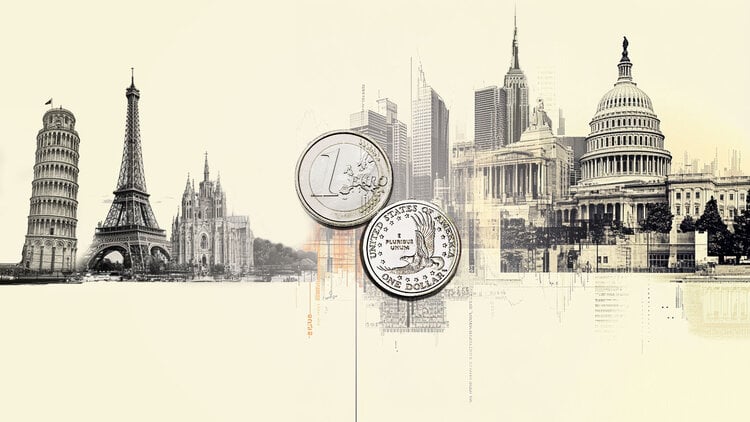- The DXY rose towards 106.70 on Thursday.
- The Dollar Index rises after Christine Lagarde confirmed the ECB’s dovish stance.
- US PPI numbers were higher than expected, benefiting the USD.
The US Dollar Index (DXY), which measures the value of the USD against a basket of currencies, rose towards 106.70 after Christine Lagarde, president of the European Central Bank (ECB), confirmed talks about a possible rate cut interest of 50 basis points. Lagarde’s comments followed the ECB’s benchmark rate cut by 25 basis points, the fourth time rates have been cut this year.
Traders favored the Dollar against the Euro following the ECB’s rate decision, causing the DXY to spike above 106.50.
Additionally, US Producer Price Index (PPI) data showed inflation above expectations, which could slow the Federal Reserve’s (Fed) shift toward loose monetary policy next year.
Daily Market Summary: ECB cut, higher US inflation boost US dollar
- The PPI rose 3% year-on-year in November, beating market expectations for a 2.6% increase.
- The core PPI, excluding food and energy, rose 3.4% year-on-year, beating analysts’ forecast of 3.2%.
- On a monthly basis, the headline PPI rose 0.4% while the consensus was 0.2%.
- Initial jobless claims rose to 242,000 in the week ending December 7, surpassing estimates of 220,000.
- Despite the producer inflation data, markets weighed rising unemployment and still priced in a 25 basis point rate cut for next week’s Fed decision.
DXY Technical Outlook: Recovering 20-day moving average indicates resilience
The US Dollar Index has halted its recent decline and regained some of the ground lost on Thursday. The DXY index has managed to hold above the 106.00 level despite mixed sentiment data and speculation about the Fed’s rate hike cycle slowing.
The Relative Strength Index (RSI) and Moving Average Convergence/Divergence (MACD) indicators also suggest that the index is resilient and could continue to rise.
DXY faces resistance at 106.50 -107.00. If it recovers this area, it could retest the 108.00 area.
The US Dollar FAQs
The United States Dollar (USD) is the official currency of the United States of America, and the “de facto” currency of a significant number of other countries where it is in circulation alongside local banknotes. According to 2022 data, it is the most traded currency in the world, with more than 88% of all global currency exchange operations, equivalent to an average of $6.6 trillion in daily transactions. After World War II, the USD took over from the pound sterling as the world’s reserve currency.
The single most important factor influencing the value of the US Dollar is monetary policy, which is determined by the Federal Reserve (Fed). The Fed has two mandates: achieve price stability (control inflation) and promote full employment. Your main tool to achieve these two objectives is to adjust interest rates. When prices rise too quickly and inflation exceeds the 2% target set by the Fed, the Fed raises rates, which favors the price of the dollar. When Inflation falls below 2% or the unemployment rate is too high, the Fed can lower interest rates, which weighs on the Dollar.
In extreme situations, the Federal Reserve can also print more dollars and enact quantitative easing (QE). QE is the process by which the Fed substantially increases the flow of credit into a clogged financial system. This is an unconventional policy measure used when credit has dried up because banks do not lend to each other (for fear of counterparty default). It is a last resort when a simple lowering of interest rates is unlikely to achieve the necessary result. It was the Fed’s weapon of choice to combat the credit crunch that occurred during the Great Financial Crisis of 2008. It involves the Fed printing more dollars and using them to buy US government bonds, primarily from financial institutions. QE usually leads to a weakening of the US Dollar.
Quantitative tightening (QT) is the reverse process by which the Federal Reserve stops purchasing bonds from financial institutions and does not reinvest the principal of maturing portfolio securities in new purchases. It is usually positive for the US dollar.
Source: Fx Street
I am Joshua Winder, a senior-level journalist and editor at World Stock Market. I specialize in covering news related to the stock market and economic trends. With more than 8 years of experience in this field, I have become an expert in financial reporting.







